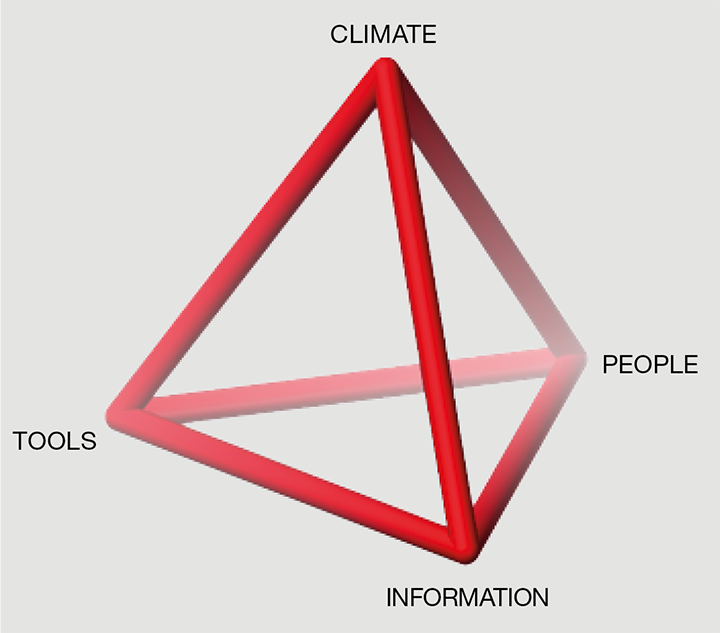Brainstorming: Maximise the Quantity and Quality of Your Ideas

WELCOME to this regular slot that focusses on professional skills for chemical engineers. This month we push further into the realms of creativity with a look at brainstorming.
Brainstorming is a bit like driving. Most of us do it, and most of us think we are quite good at it. I mean, how hard can it be, just sitting around coming up with some new ideas? Let’s see what we can do to maximise the quantity and the quality of those ideas.
Brainstorming originated in the advertising industry. The term was coined by Alex Osborn in 1953 in his book Applied Imagination. The principles are quite simple. In order to brainstorm, we are required to:
- defer judgement;
- remove inhibition;
- withhold criticism;
- focus on quantity of ideas;
- welcome unusual ideas;
- combine and improve ideas; and
- sort ideas.
Of course, meeting these requirements is easier said than done. What do you do if you have group members who, like most engineers, are keen on evaluating each idea as it comes up? What if some people in your group are protective of their own ideas? These situations commonly arise, and lead to brainstorm failure. In order to overcome these, and other problems I recommend considering the brainstorming tetrahedron.

This breaks down the key components of brainstorming into four components as follows:
People: Getting the right people involved, including stakeholders, a facilitator, and the problem owner. Diverse backgrounds can help generate new ideas.
Climate: There are two components here, environment, and mindset.
- Creating an environment that is relaxed, comfortable and has appropriate facilities.
- Encouraging a mindset that is positive, supportive, and selfless. Ideas belong to the group. Individuals must let go of their ideas, and must make effort to access the ideas of others.
Information: Facts, background, aims, knowns and unknowns. Some time will be required for people to access the information.
Tools: There’s a whole boxfull of useful tools for brainstorming, ranging from tools for idea generation, tools for idea sorting, and tools to assist idea capture. These tools can make the difference between making a technological breakthrough or coming up with something mundane. However, like any tools it takes time and practice to become proficient in using them.
Taking the four aspects of the brainstorming tetrahedron, perhaps a step-by-step procedure for brainstorming might look something like this.
- Check problem definition and gather background information.
- Convene meeting of the team.
- Appoint facilitator.
- Check in negative baggage.
- Brief the group.
- Initial quiet time.
- Share ideas.
- Organise ideas.
- Capture ideas.
We ought to comment further on points 4, and 6 in this list. Checking in negative baggage is important because people will arrive to the meeting carrying with them the baggage from their previous meeting, or their journey to work. This will have a negative impact on the brainstorm unless people consciously leave their negative baggage outside the room. They can always pick it up again on the way out.
The initial quiet time (point 6) is often useful because it gives people a chance to think and understand the issues. Neuroscientists have shown that people tend to have more creative thoughts when they are in a quiet environment. This contradicts the common view of brainstorming which involves energetic exchange of ideas. A bit of quiet time before the energetic exchange might lead to more ideas of higher quality being generated.
I hope this has inspired you to review your approach to brainstorming. If you would like to find out more, I have put together four online training videos for IChemE on creativity for chemical engineers. I am also running a full-day course on the subject for IChemE on 2 October 2018.
Further information on the videos and the day course are available from the IChemE Training Catalogue, or from http://www.icheme.org/shop
Recent Editions
Catch up on the latest news, views and jobs from The Chemical Engineer. Below are the four latest issues. View a wider selection of the archive from within the Magazine section of this site.




